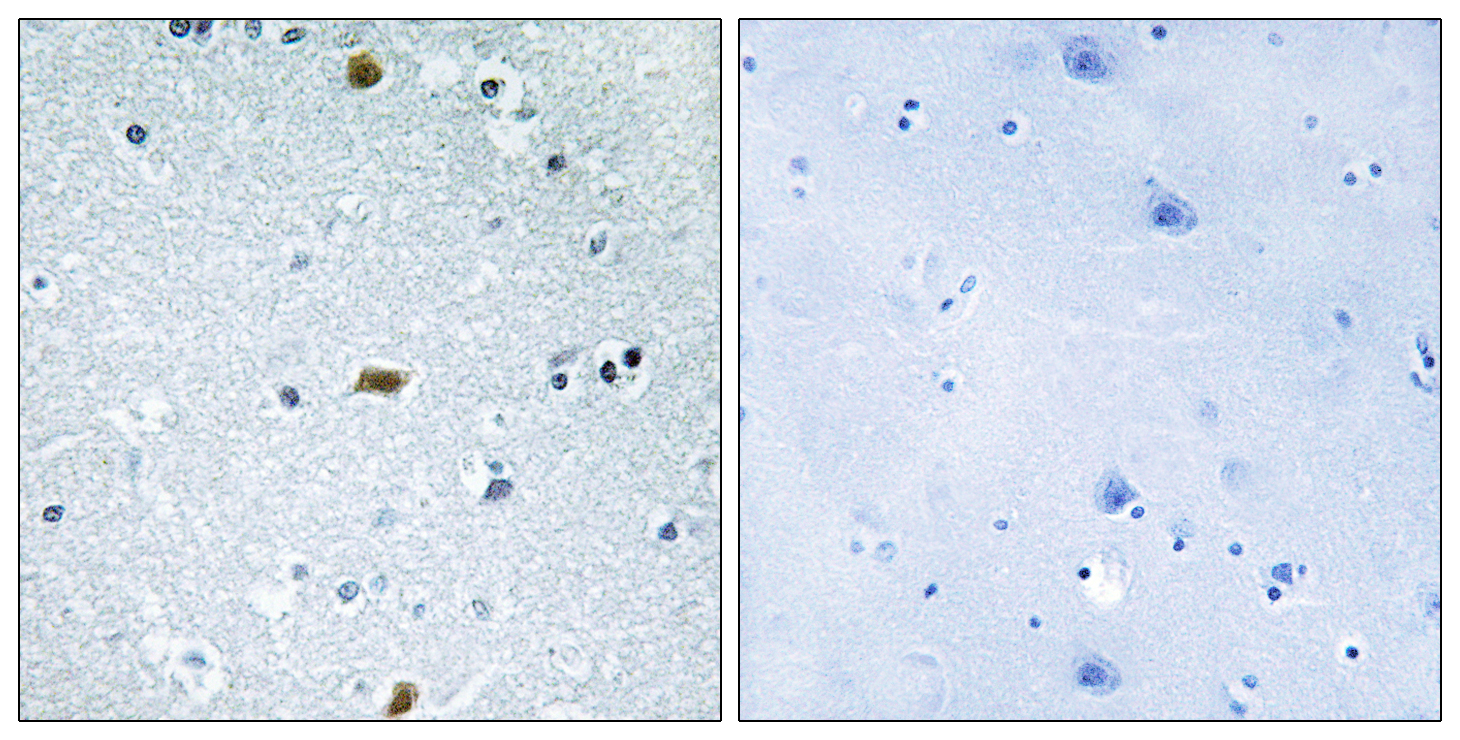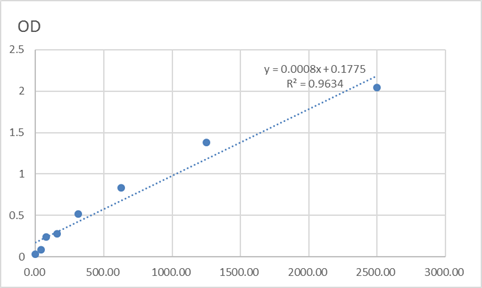Total ATBF1 Cell-Based Colorimetric ELISA Kit
- 货号:KA3765C
- 应用:ELISA
- 种属:Human;Mouse
- 其他名称:
- Zinc finger homeobox protein 3 (AT motif-binding factor) (AT-binding transcription factor 1) (Alpha-fetoprotein enhancer-binding protein) (Zinc finger homeodomain protein 3) (ZFH-3)
- 背景:
- function:Transcriptional activator that binds to the AT-rich core sequence of the enhancer element of the AFP gene.,PTM:Phosphorylated upon DNA damage, probably by ATM or ATR.,similarity:Contains 22 C2H2-type zinc fingers.,similarity:Contains 4 homeobox DNA-binding domains.,subunit:Interacts with FNBP3.,
- 功能:
- negative regulation of transcription from RNA polymerase II promoter, transcription, transcription, DNA-dependent,regulation of transcription, DNA-dependent, regulation of transcription from RNA polymerase II promoter, transcription from RNA polymerase II promoter, negative regulation of biosynthetic process, negative regulation of macromolecule biosynthetic process, negative regulation of macromolecule metabolic process, negative regulation of gene expression, regulation of striated muscle tissue development, negative regulation of transcription, negative regulation of cellular biosynthetic process, RNA biosynthetic process, regulation of transcription, negative regulation of cell differentiation, positive regulation of cell differentiation, regulation of myoblast differentiation, negative regulation of myoblast differentiation, positive regulation of myoblast differentiation, negative
- 细胞定位:
- Nucleus . Cytoplasm . Translocates from the cytoplasm to the nucleus following TGF-beta stimulation. Expressed in nuclear body (NB)-like dots in the nucleus some of which overlap or closely associate with PML body. .
- 组织表达:
- Not found in normal gastric mucosa but found in gastric carcinoma cells (at protein level). Expression is higher in ER-positive breast tumors than ER-negative breast tumors (at protein level).



